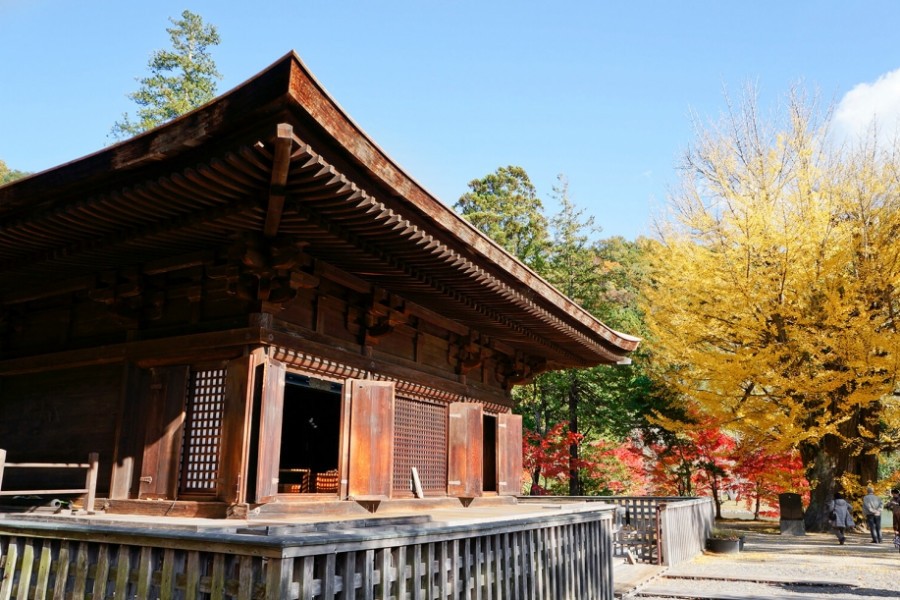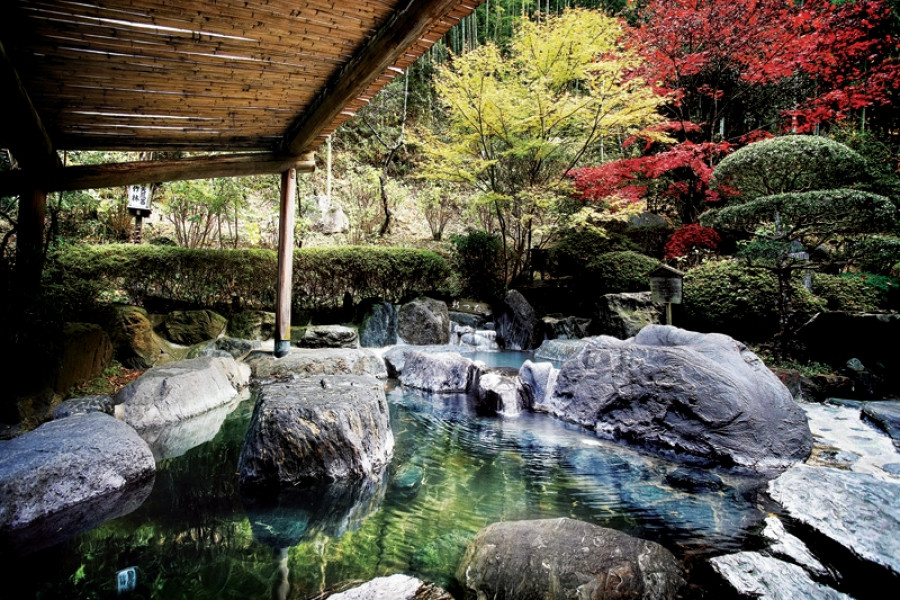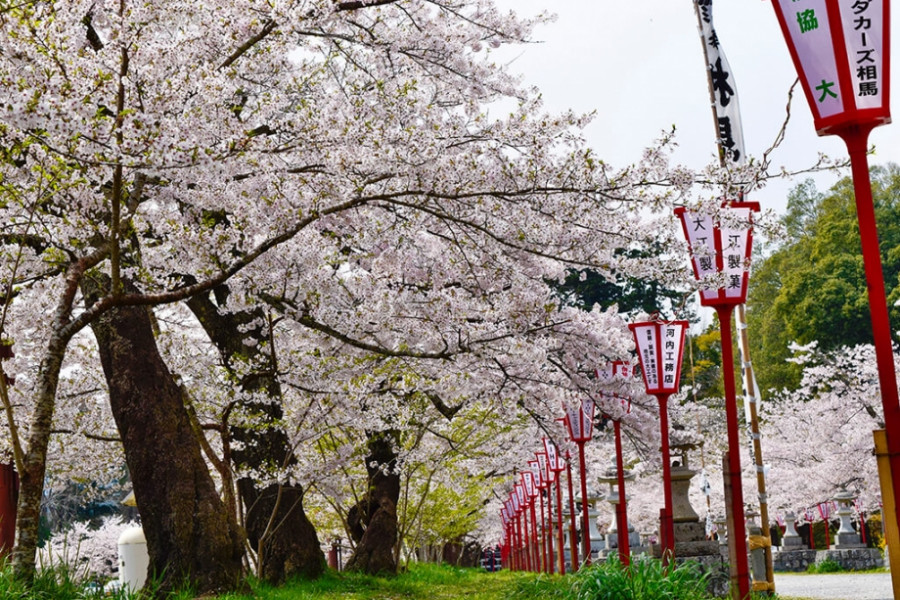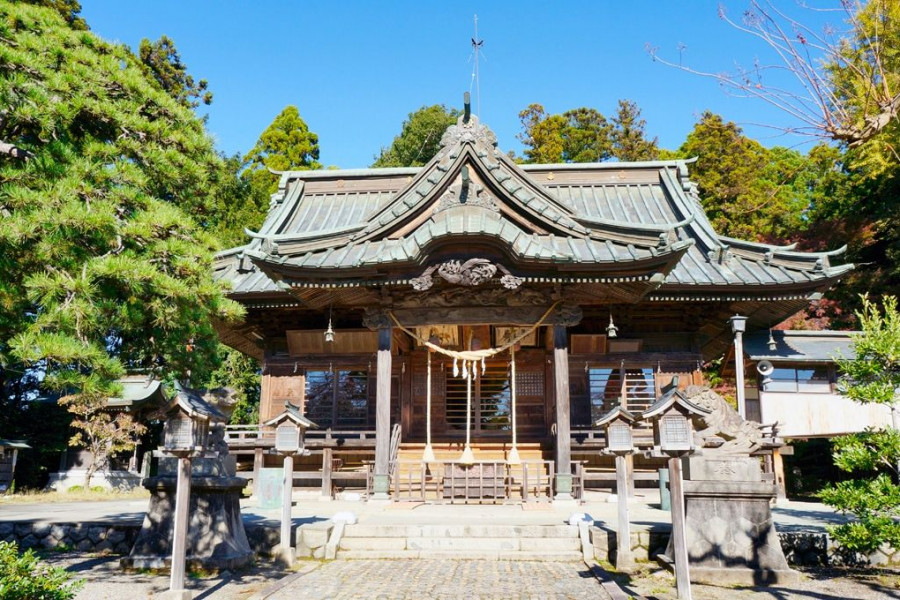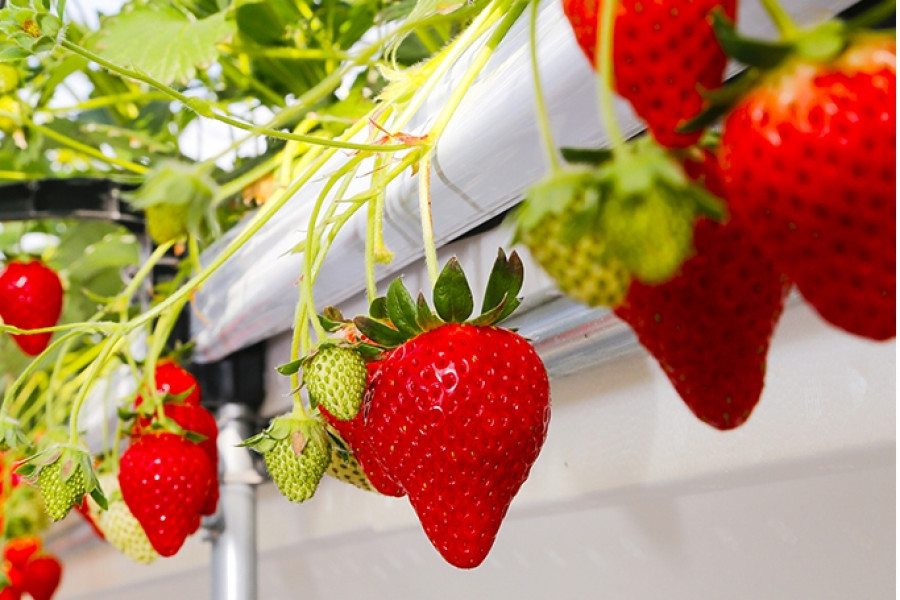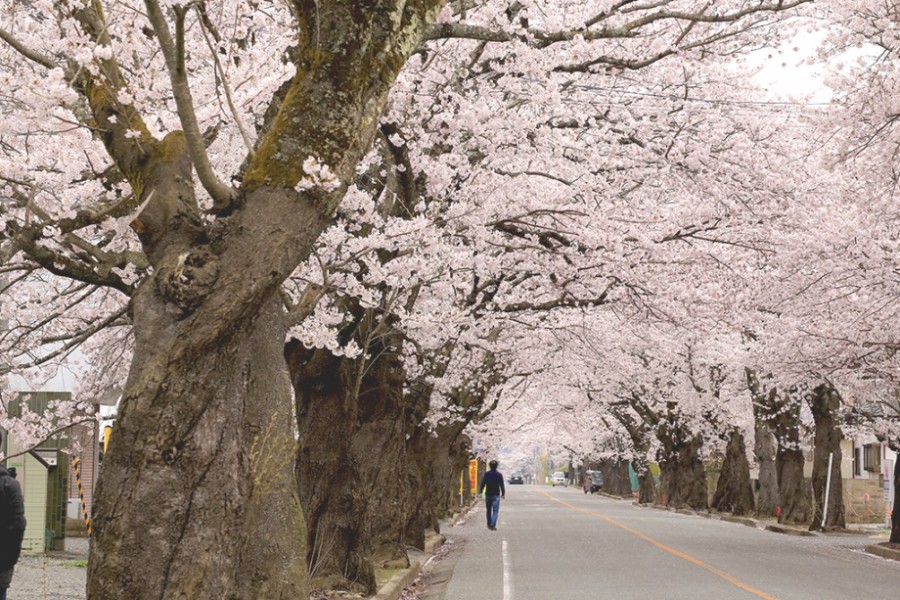Nature & Scenery
Baryo Park
As the park's 630 Somei Yoshino cherry blossom trees bloom simultaneously, it is easy to be swept away by the scenery. You will be able to enjoy the coming of spring as you walk along rows of cherry blossom trees on the sando (a road which runs from the torii gate to the shrine).Baryo Park is a well-known location for viewing cherry blossoms, and every year from early to mid April the park holds a light-up event at night. We recommend you visit in the evening to see the cherry blossoms illuminated by the lights from the paper lanterns. A good spot for taking pictures is at the bottom of the sando, looking up at the torii.Soma Nakamura Shrine is connected to the park and is also worth a visit for its tranquil atmosphere and beautiful architecture.
